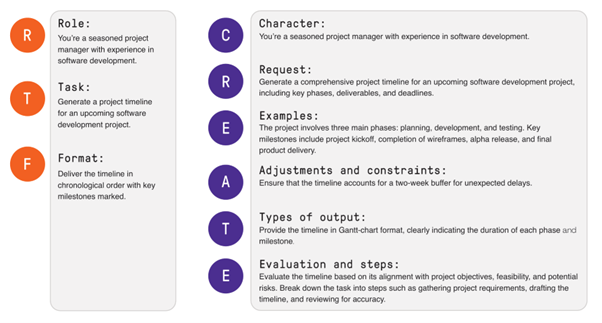AI: Bridging the Gap Between Hype and Reality
The Grand Promises of AI and the Reality Check, how can I overcome these short comings
Tom Shine
9/12/20243 min read


The Grand Promises of AI
Artificial Intelligence (AI) has tantalised us for years. From sci-fi novels to blockbuster movies, we’ve envisioned a future where AI seamlessly interacts with us, anticipates our needs, and perhaps even shares witty banter. But let’s face it: our current AI companions are more like awkward party guests than sophisticated conversationalists. So, what went wrong?
The Hype Train Derails
Remember the buzz around chatbots a few years back? Companies rushed to deploy them, promising instant customer support bliss. Yet, users encountered responses like, “I’m sorry, I didn’t quite catch that,” or worse forced the customer to select a predefined option unrelated to their query resulting in a loop, The hype train had left the station, but the driver may not be onboard.
The Reality Check
AI isn’t magic; it’s math. Beneath the glossy surface lies a complex web of neural networks, training data, and—yes—prompts. When we ask an AI to summarise a novel, it doesn’t channel its inner literary critic. Instead, it sifts through patterns in text, trying to make sense of it all. Sometimes it nails it; other times, it’s as if the AI read the book while sleepwalking.
Enter Prompt Engineering
Let’s talk about prompt engineering—the secret sauce that can turn our befuddled chatbots into eloquent conversationalists. Here’s how it works.
Crafting the Perfect Query: Imagine you’re teaching a child to fetch a ball. You wouldn’t say, “Retrieve the spheroid object, young one!” No, you’d say, “Fetch the ball!” Similarly, AI needs clear, concise prompts. Precision matters. A well-crafted question sets the stage for brilliance.
Context Is King: AI isn’t clairvoyant. It needs context. When we ask it to summarise a novel, we should specify the genre, the main characters, and the central conflict. Contextual clues guide AI toward accuracy. It’s like handing it a treasure map instead of dropping it blindfolded in a maze.
Iterate, Refine, Repeat: Prompt engineering isn’t a one-shot deal. It’s a dance. We waltz with the algorithms, adjusting parameters, fine-tuning prompts, and coaxing AI toward brilliance. Each iteration brings us closer to that elusive sweet spot.
The Road Ahead: From Hype to Reality
So, how do we bridge the gap? First, we acknowledge that AI isn’t a silver bullet. It’s a tool—an incredibly powerful one—but still a tool. Second, we embrace prompt engineering as an art form. We polish our questions, sprinkle them with context, and watch AI blossom.
In this journey, we’ll encounter quirks. Sometimes AI will surprise us with poetic prose; other times, it’ll produce gibberish. But that’s the beauty of it—the unpredictability, the dance between human intuition and machine learning. Always remember that there must be a human in the mix to review and ensure accuracy because AI does hallucinate. Ask your favourite AI tool how many r’s are in strawberry most will tell you there are only 2.
The Power of Well-Crafted Prompts
As we write the next chapter in AI’s saga, let’s remember that Jarvis ( or Data if you are a StarTrack fan) might not be at our beck and call just yet. But with each well-crafted prompt, we inch closer. So, fellow (soon-to-be) prompt engineers, let’s keep refining, iterating, and nudging AI toward brilliance. The hype? It’ll fade. The reality? It’s ours to shape—one prompt at a time.
One of the simplest prompt frameworks is Role Task Format (RTF)
Role - Clearly define the role of the AI or the prompter, establishing context for the task
Task - Precisely state the task that the AI needs to accomplish
Format - Specify the desired format or structure of the AI-generated response
Another slightly more complicated is CREATE which can result in more detailed and accurate results, examples are below.
Once you have gotten to grips with structured prompts you can start to chain the prompts for even better results.
Rather than me teaching you prompts I would like to point you to a free workbook from PMI
https://learning.pmi.org/resources?coursekey=EL128&filename=promptEngineeringWorkbook.pdf
This has more detailed information on engineering prompts and is from the PMI course "Talking to AI: Prompt Engineering for Project Managers"


Contact
info@tomshine.net
© Tomshine.net 2024
